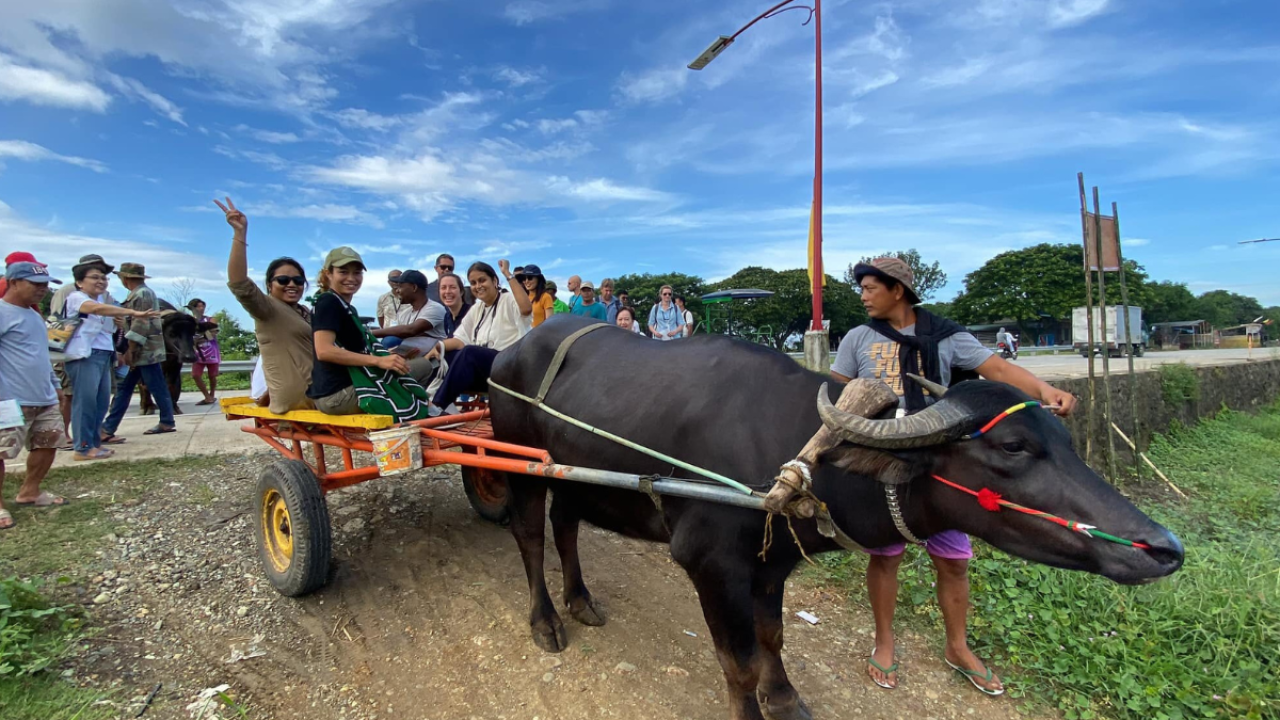Building a Farming Community Around Water Access
The Macagatal Irrigators’ Association (MIA) has long been a cornerstone of the agricultural landscape in Barangay Paligui, Candaba, Pampanga – part of the 32,000-hectare Candaba Wetlands, a designated Key Biodiversity Area and Important Bird Area along the East Asian – Australasian Flyway. Since its founding in the 1970s, MIA has provided a platform for 67 rice farmers managing 135 hectares of wetland-adjacent farmland to secure access to irrigation and strengthen their collective livelihoods.
Initially focused on practical needs like canal maintenance and farm labor cooperation, MIA has evolved into a tight-knit farming community. Over the decades, it has grown into a model for grassroots organization, rooted in shared responsibility, mutual aid, and sustainable development.
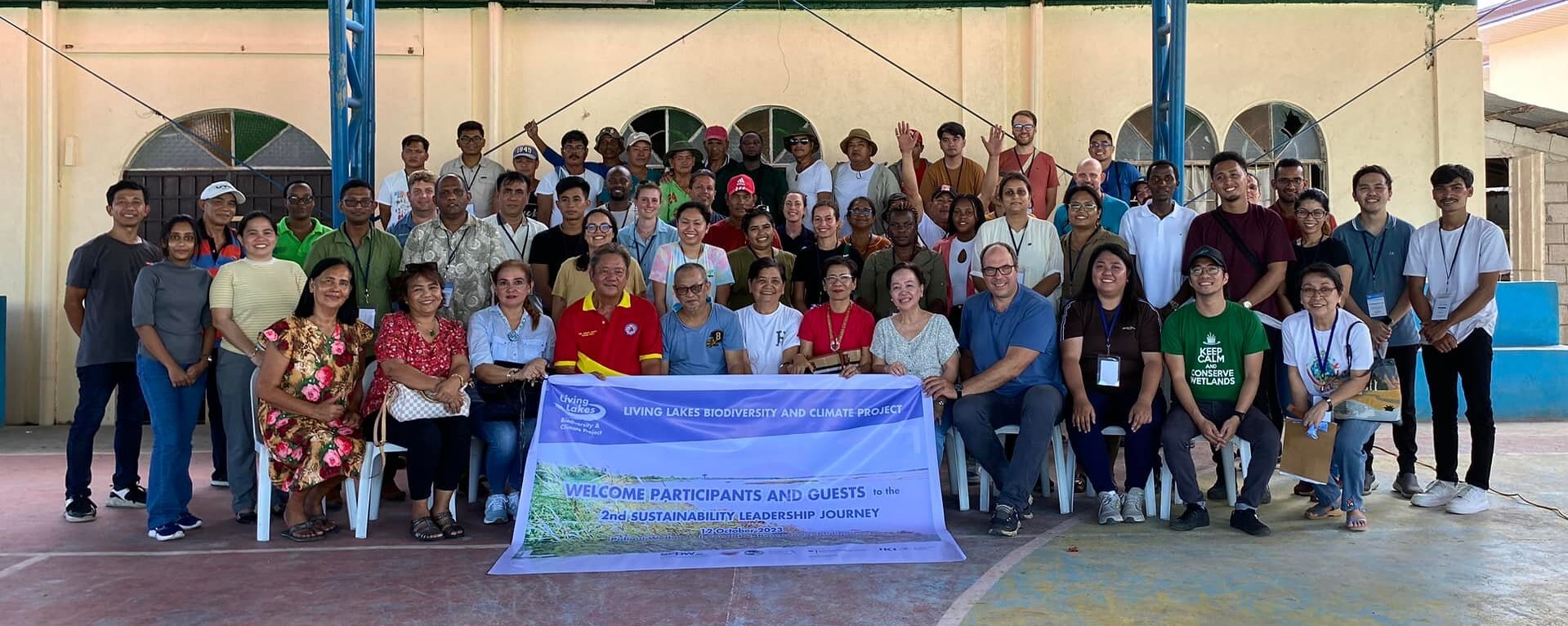
From Practical Needs to Conservation Goals
This transformation began nearly a decade ago when the Society for the Conservation of Philippine Wetlands, Inc. (SCPW) identified MIA’s territory as a viable wetland offset site under the North-South Commuter Railway project. This catalyzed further collaboration, including a 2017 initiative funded by the Ramsar Regional Center-East Asia Wetland Fund that recognized the site’s potential for eco-tourism, biodiversity protection, and sustainable agriculture.
These early experiences laid the groundwork for a deeper shift in mindset – from viewing wetlands as mere farmland boundaries to recognizing their ecological and economic value.
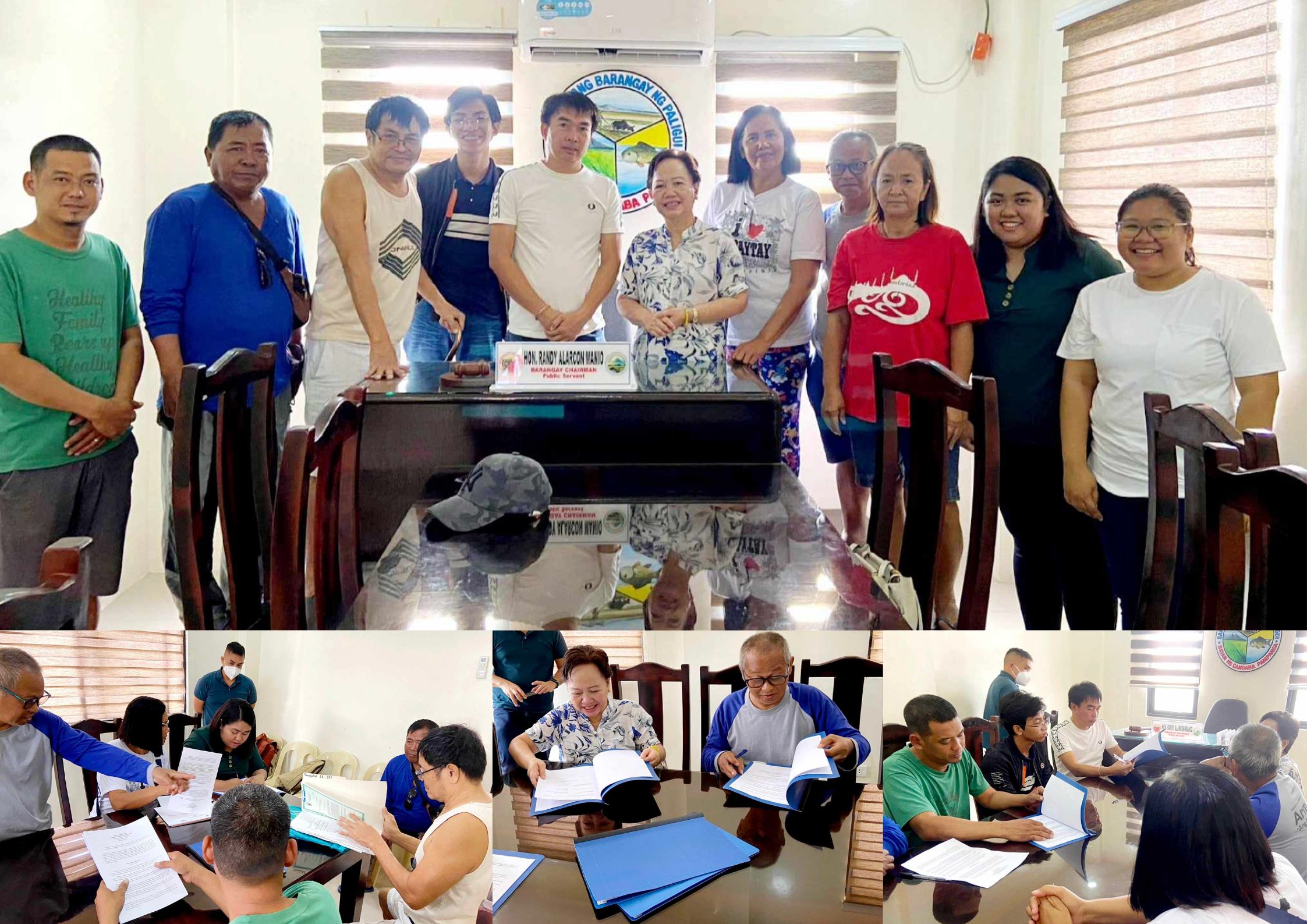
Learning Beyond the Fields: From Farmers to Wetland Managers
Through training and participatory conservation programs, MIA members began learning how wetland protection can go hand-in-hand with productive farming. They received training in birdwatching, biodiversity monitoring, sustainable agriculture, and eco-tourism, equipping them to act not just as farmers, but also as conservation stewards.
By the time the Living Lakes Biodiversity and Climate Project (LLBCP) launched in 2022, MIA was already poised to take its conservation role to the next level. Implemented in 10 countries – including the Philippines – and funded by Germany’s Federal Ministry for the Environment under the International Climate Initiative (IKI), LLBCP aims to restore and protect freshwater ecosystems through capacity-building and “frontrunner” site initiatives. In the Philippines, SCPW leads this effort, aligning with national agencies and local communities to ensure integrated and participatory wetland management.
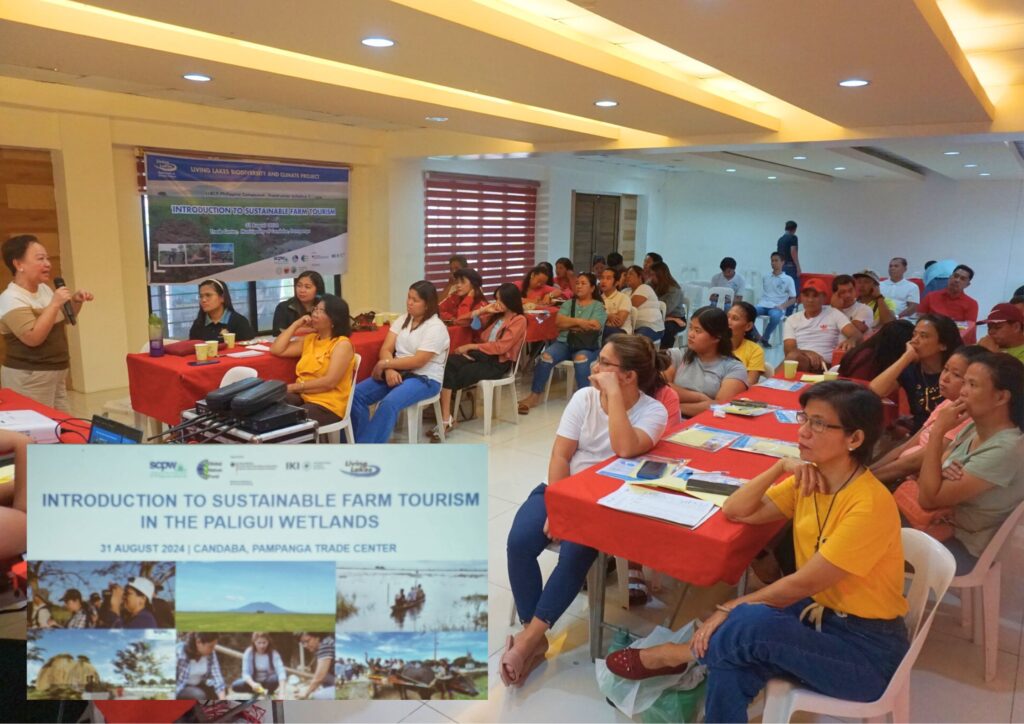
Strengthening Capacities and Partnerships
In January 2024, this commitment was formalized through a tripartite Memorandum of Agreement among MIA, SCPW, and the Barangay Government of Paligui. CEPA (Communication, Education, Participation, and Awareness) activities led by SCPW in collaboration with the Department of Environment and Natural Resources (DENR), Department of Tourism (DOT), and others further deepened community engagement.
Farmers learned how to manage habitats, host eco-tourism activities, and safeguard biodiversity – such as by limiting herbicide use, protecting bird nests, and guiding visitors on responsible nature experiences. The transformation was tangible: birds once seen as crop threats were now recognized as allies in pest control and ecological balance.
A pivotal moment for many came during an LLBCP-supported exposure trip to Guandu Nature Park in Taiwan. There, farmers saw how wetlands could be leveraged for education, biodiversity conservation, tourism, and community livelihoods – all at once.
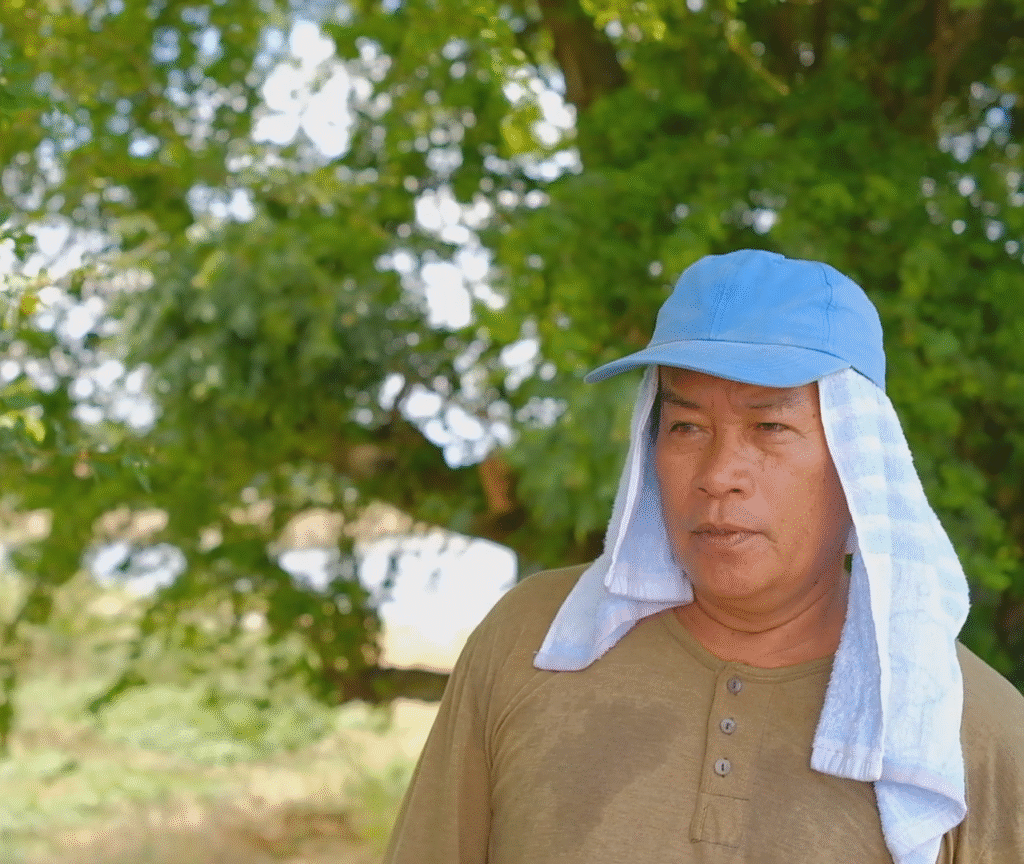
Preparing for the Paligui Wetland Education Center
Now, MIA stands on the cusp of its most ambitious endeavor yet: co-managing the upcoming Paligui Wetland Education Center (WEC). Conceived as a hub for sustainable farm tourism and wetland awareness, the WEC will showcase Candaba’s rich biodiversity and farming heritage. Farmers are already offering their time, boats, and knowledge to support future visitor activities.
While construction is underway, SCPW continues to build MIA’s organizational capacity. Upcoming trainings on governance, goal-setting, and vision-mission alignment aim to ensure that MIA’s stewardship can be passed to future generations.
As Mr. Jimmy Rivera, an MIA officer, puts it: “We used to think only about our crops. Now, when we look at the wetlands, we see our children’s future too. We see livelihood opportunities and continued sustainable development for our community.”
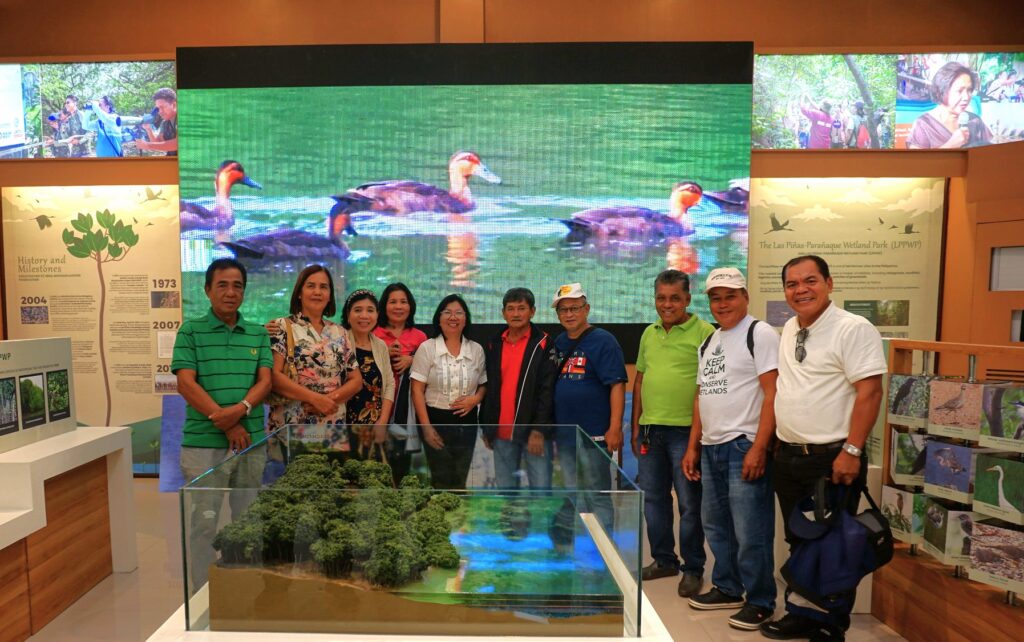
A Future Rooted in Collective Action
MIA’s story is a testament to the potential of farmer-led conservation. With support from LLBCP and SCPW, and through strong collaboration with government and civil society, this once irrigation-focused group is now a beacon of integrated wetland management.
The Paligui Wetlands are not just fields for rice – they are frontlines in the global effort to protect biodiversity, strengthen climate resilience, and empower communities through sustainable livelihoods.

